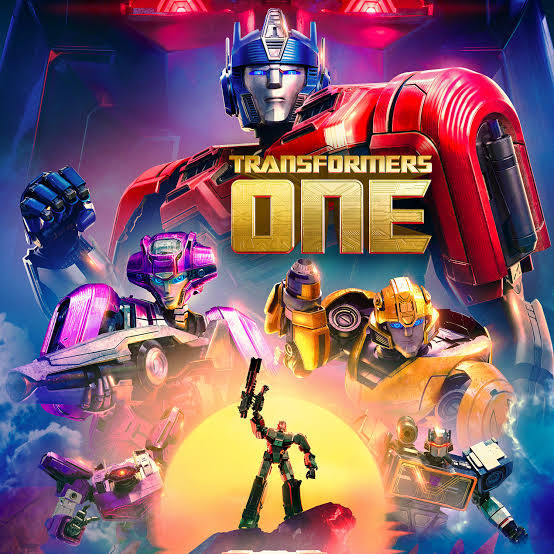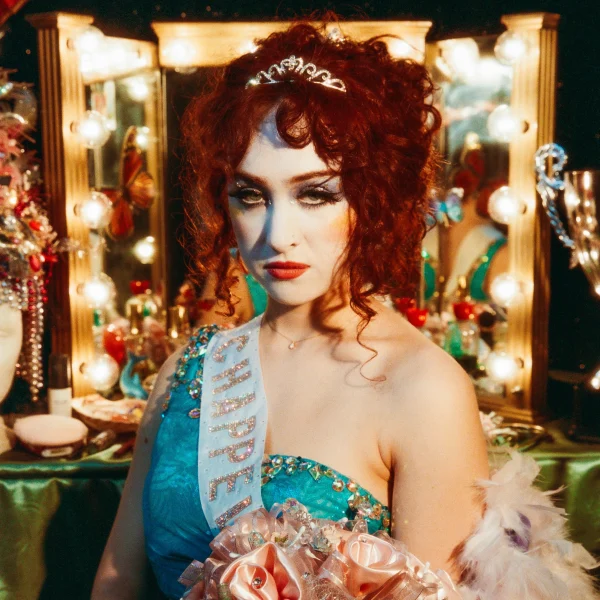Netflix Keeps Cancelling Shows and They Need to Press Pause
As the popularity of Netflix original shows increases, so too does the rate of their cancellations.
Out of the 47 original shows Netflix has cancelled since the start of “Netflix Originals”, shows exclusively found on the platform, 24 have been in 2020. The number of shows getting cancelled has resulted in a lot of viewer backlash, especially as multiple fan favorites like GLOW and The Society head towards the chopping block. Adding to the fire is the new trend of not only ending shows too early, but also on a cliffhanger. According to a Business Insider report, 72 percent of the cancelled shows didn’t make it past the third season, and 26 percent didn’t make it past a second. So why is Netflix cancelling so many shows?
To put it simply, Netflix’s main priority is to make money. Though you wouldn’t guess it with the rise in new shows, Netflix reported being $14.7 billion USD in debt at the end of March. According to an IGN interview with Netflix’s VP of original programming, Cindy Holland, the main thing they consider is whether the viewership, which isn’t publicly released, justifies the cost of the series. This is why seemingly popular shows like Everything Sucks were cancelled after a season: there just weren’t enough people watching it.
Of course, Netflix shouldn’t be forced to waste money on shows with poor ratings just to give them a good ending. On the other hand, great shows don’t always have an amazing first season. The Office (U.S. version) is an insanely popular show, yet it barely made it past its first season after receiving negative reviews from fans and critics. By cancelling shows that don’t receive mostly positive audience feedback and extremely high ratings in their first season, Netflix is severely limiting itself.
Fans are also reacting negatively to the rapid increase in cancellations with protests outside Netflix headquarters, campaigns to save shows, and more. Some reactions are a bit melodramatic, but amid this outrage, some valid arguments against the cancellations have risen. There seems to be a pattern of cancelling shows that feature diverse characters in terms of race and sexuality.
“They cancelled all the shows that had diversity and left the basic white people shows that were all crap,” said Grade 11 student Annabel Neel. We see this in shows with highly diverse casts like the Get Down, Sense8, and One Day At A Time suddenly getting cancelled, while extremely controversial ones like 13 Reasons Why are allowed to see their end.
On social media platforms such as Instagram and Twitter, Netflix likes to showcase itself as a progressive platform. But if they want to do this, they need to start including shows that don’t only have white heterosexual leads, even if they aren’t as popular.
Right now, it seems like Netflix is prioritizing profit over everything else. While this makes sense financially, they need to press pause and start taking chances on slightly less popular shows. By not taking risks with more unique and ambitious shows in addition to ones that feature diversity, they’re setting themselves up for failure. People aren’t going to subscribe to a platform that spins out the same cookie-cutter “originals” and constantly cancels new shows.








